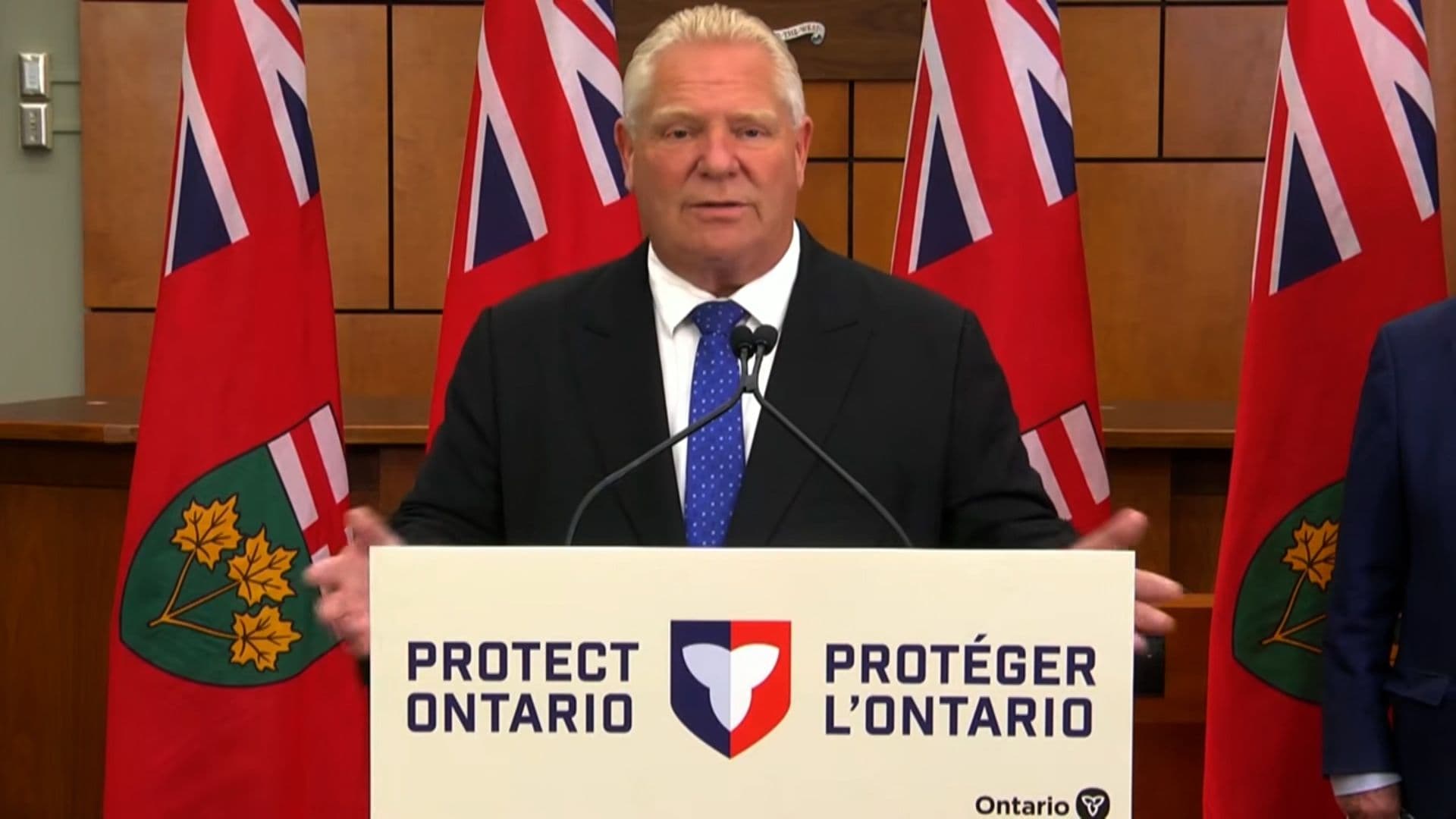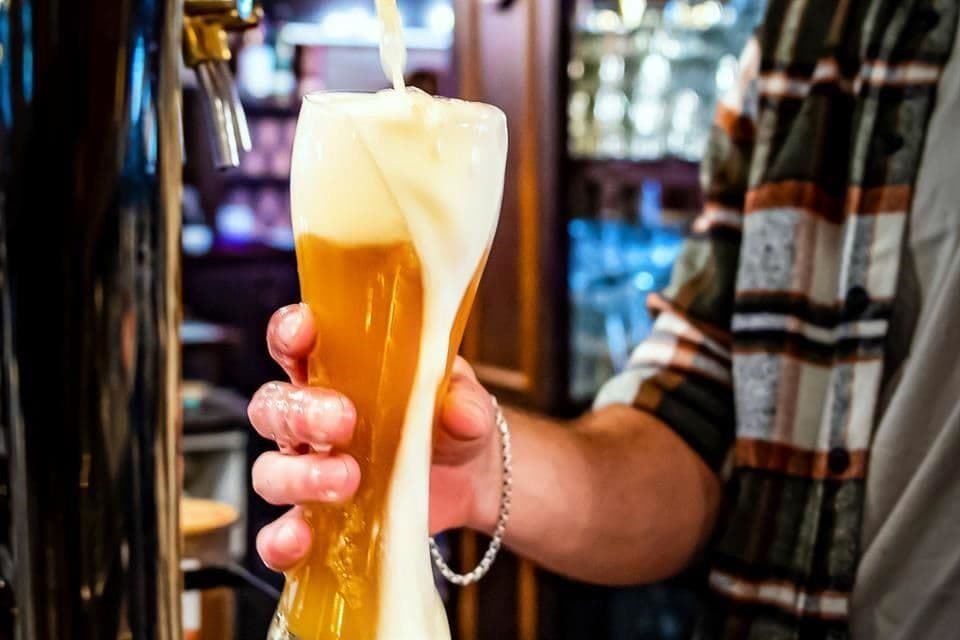The Spirit of Reinvestment: Ontario's Alcohol Tax Cuts and the Craft Renaissance
Ontario's alcohol tax cuts are more than price drops. Discover how this strategic move empowers local brewers & distillers to reinvest, innovate, and thrive.

Uncorking the New Policy: Ontario's Significant Tax and Markup Adjustments
beverage industry is buzzing following a significant policy shift, as the rolled out sweeping cuts to alcohol taxes and markups, effective August 1st. These aren't just minor tweaks; we're talking about the largest tax reduction for the alcohol sector in decades, a move valued at approximately $100 million this year alone. The changes, introduced as part of the 2025 budget, specifically target spirits and beers, while also dramatically reducing the markups the applies to products it sells. For instance, the tax on spirits and the markup on small breweries saw a 50 percent drop. Similarly, the markup on cider and ready-to-drink (RTD) beverages plummeted by roughly half, with spirit-based RTDs seeing their markup fall from a staggering 97 percent to around 48 percent. While these adjustments inherently create the potential for lower consumer prices, the underlying narrative from the Ministry of Finance positions this as a crucial protective measure, designed to shield businesses from external economic pressures, notably the shadow of U.S. tariffs.

A Lifeline for Local: How Craft Brewers and Distillers Plan to Reinvest
For vibrant craft beverage sector, these tax and markup reductions aren't merely about a possible price drop at the ; they represent a much-needed financial injection, a 'relief line' as of aptly put it. Craft producers, from small breweries to burgeoning distilleries, have navigated a challenging economic landscape marked by persistent inflation, escalating insurance costs, and the looming threat of international tariffs. The savings generated by these policy changes are, for many, not earmarked for immediate price reductions but rather for strategic reinvestment directly back into their operations. Imagine new equipment that boosts efficiency, the hiring of additional staff to expand production or enhance customer experience, or even deeper community engagement initiatives. This isn't just about surviving; it's about providing the breathing room necessary for these local businesses to innovate, grow, and strengthen their roots within communities, laying the groundwork for a more resilient and dynamic industry.

Beyond the Price Tag: The Strategic Economic Imperative and Industry Resilience
Looking beyond the immediate promise of potentially lower prices, alcohol tax cuts reveal a profound strategic economic imperative. The government's messaging is clear: this is a defensive maneuver, a robust response to shield provincial businesses from significant external headwinds. A spokesperson for the Ministry of Finance explicitly stated the cuts are aimed at 'protecting business in the face of President tariffs and tariff threats taking direct aim at our economy.' This isn't merely a handout; it's an investment in the resilience of a sector that employs thousands and contributes significantly to the provincial economy. When industry players like speak of being battered by rising tariffs, inflation, and insurance costs, it underscores the precarious position many found themselves in. The $100 million in combined tax and markup reductions serves as a crucial buffer, enabling producers to absorb these pressures and maintain operational stability, rather than being forced to pass on prohibitive costs or scale back ambitions. The true value lies in bolstering the industry's capacity to weather storms and emerge stronger, fostering a more robust economic ecosystem.

Pouring Forward: What These Shifts Mean for Ontario's Beverage Landscape
So, what does this significant policy shift truly mean for the future of beverage landscape? While the possibility of reduced prices for consumers remains a talking point, the genuine impact is poised to manifest as a 'craft renaissance.' By freeing up capital that would otherwise be absorbed by high taxes and markups, the government is essentially empowering local producers to reinvest in their core operations. This could translate into a surge of innovation, with craft brewers and distillers experimenting with new products, refining their techniques, and expanding their market reach. We might see more diverse offerings on shelves, a greater emphasis on local ingredients, and even increased tourism to many breweries and distilleries. This isn't just about financial relief; it’s about nurturing an environment where creativity and quality can flourish, ultimately enriching the consumer experience and strengthening unique identity as a hub for exceptional craft beverages. The long-term vision isn't just about cheaper drinks; it's about a thriving, innovative, and deeply rooted industry.
Related Articles

Trade Shockwaves: How Trump's Tariffs Reshaped Canada's Economic Compass

Trade Shockwaves: How Trump's Tariffs Reshaped Canada's Economic Compass

When the Apple Cart Tilts: The Unseen Pressures on Beloved Craft Cideries

When the Apple Cart Tilts: The Unseen Pressures on Beloved Craft Cideries

Decoding the Brew: A Journey into Beer's Creative Heart

Decoding the Brew: A Journey into Beer's Creative Heart

The Tariff Tightrope: Navigating US-Canada Trade Amidst Political Crosswinds
